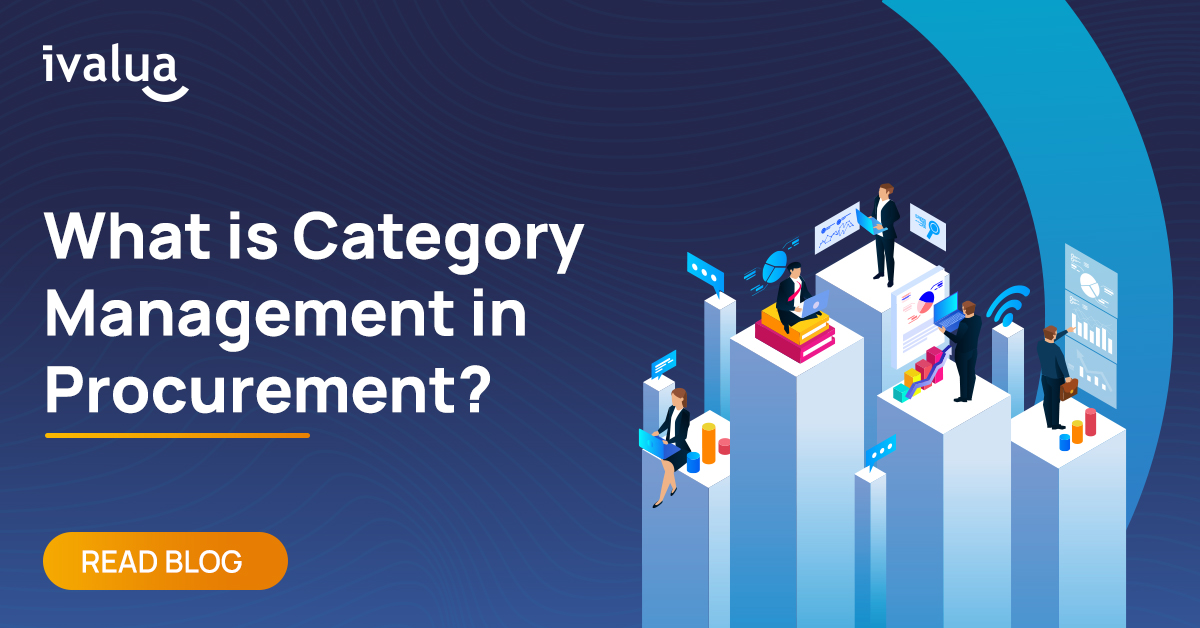What is Contract Management – a guide to the key steps and benefits
Contract management in Procurement is used to manage end-to-end contracting with your suppliers, customers and other third parties.
The Contract management process includes a contract request or initiation, authoring, negotiation/redlining and approval stages, execution and signature as well as obligation monitoring, renewals, amendments and expiration.
For some organizations, part or all of procurement contract management can be quite manual and this can impact supplier management efficiency. During the pandemic this was particularly the case for organizations who were not easily able to access or create contracts electronically
What are the Key Steps of Contract Management for Procurement?
At a high level, there are seven main steps in the contract management process, each of which is briefly described below:

Step 1: Request or Initiation: The ability for an organization’s users to request a new contract or perhaps the review of an existing contract. This request could be routed to procurement and/or legal depending on the need, providing a central place for reviewing and processing requests.
Step 2:Contract creation & Authoring: Contract creation and authoring is the process to assemble a contract using existing and approved templates and clauses combined with a set of business rules. This self-service capability allows users to independently create contracts within the boundaries set by the legal team, improving the speed and efficiency of the contract cycle time.
Step 3:Contract Negotiation & Review: This is when the contract has been shared with the other party and the process of redlining and negotiation begins. Key to this phase is the ability to collaborate with internal users as well as the third party (e.g., supplier). Having good document comparison, change tracking, version control and audit trails is important for this process to run smoothly.
Step 4:Contract Approval & Execution: Contract approval workflows keep the process moving efficiently and effectively by making sure all those that need to review and approve, do so. Whether it is serial or parallel workflows for all or specific parts of the contract that need approval, workflows can typically be configured based on type of contract, region, amount, entity, risk, etc. Execution of the contract via e-signature makes for a smooth end to the process. But there’s more.
Step 5: Contract Performance & Analytics: What happens post signature is just as important, perhaps more important, than pre-signature as that is when the contract is live. So, it’s important to know how well that contract is performing. The contract lifecycle can last for several years and often involves numerous milestones and obligations, payments, rebates, discounts, etc. Understanding those, tracking, assigning and completing them is critical to achieving the value within a contract. Equally important is assessing risk throughout a contract’s lifecycle, as regulations change or business evolves, certain contracts may need to be amended to reflect a new environment.
Step 6:Contract Amendment: Amendments are a part of a contract’s lifecycle, whether we like it or not. Things change from the original contract and amendments need to be dealt with efficiently, without compromising the process or the guidelines in place. Contract Management tools make this process easy and keeps track of all changes.
Step 7: Contract Expiry or Renewal: Having visibility into which contracts are about to expire or renew through automated alerts and notifications can significantly help legal teams prioritize their time.
What are the benefits of Contract Management automation?
Effective contract management is important to the success of a business and the best contract management software enables digitization and automation of this critical process.
Contract management software can help to improve contracting efficiency, enable better supply chain visibility and management of obligations, improve contract compliance and help to reduce exposure to risk. However software can only underpin a Procurement strategy that prioritises business process innovation.
Contract Management solutions offers an intuitive yet powerful ability to manage all aspects of the contract in a single place. Ensuring that organizations have more visibility into contracts and are able to achieve efficiency around the entire contracting processes.
- Faster contract creation cycle times: Because users are enabled to efficiently begin the contract creation process with some level of guidance, approved templates and clauses, this process is more self-service and not roadblocked by legal priorities. Usage of approved language helps to speed up approvals. Also, automated review, digital collaboration and tracked changes and many other tools help to speed up negotiation and review.
- Better contract visibility: Having all your contracts in a single, searchable repository is priceless. Contract data and obligations can inform other processes as needed and teams can find the contracts or the clauses they need to. The entire history of a contract is visible, the different versions, the changes, approvers, amendments, complete contract hierarchy and more.
- Improved compliance to contracts: Monitoring and tracking compliance to a contracts terms, conditions and obligations is made much easier and is more automated with Contract Management tools. For example, tightly linking a supplier contract to the procure-to-pay process assures that transactions with that supplier are compliant (e.g., price, payment terms, delivery times, quality, etc), improving on-contract spend and resulting in higher savings being captured.
- Proactive assessment and mitigation of risk: Contract management software not only helps to author less risky contracts for an organization, it also helps to reduce exposure to risk by monitoring key obligations or helping to identify contracts that need changes due to regulations.
Ivalua Recognized as a Leader In The Forrester Wave™: Contract Lifecycle Management For Buy-Side Contract Suites, Q4 2021
To find out more about Ivalua’s Contract Management Software, visit our website or download our latest Contract Management Product sheet.




